
A.I. ‘the end of humanity’
THE world’s most eminent astrophysicist says the implications of artificial intelligence are so terrifying research into it should stop. And he’s not the only one.

THE world’s most eminent astrophysicist says the implications of artificial intelligence are so terrifying research into it should stop. And he’s not the only one.
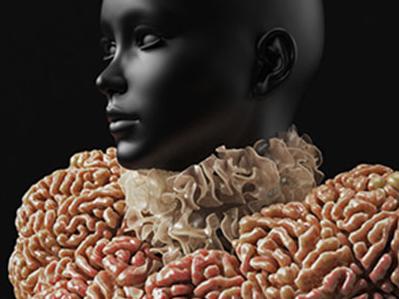
BACTERIAL bodices and digestive dacks? It’s life, but not as we know it. A designer’s quest to build a better space suit has inspired a new line of living spacewear.
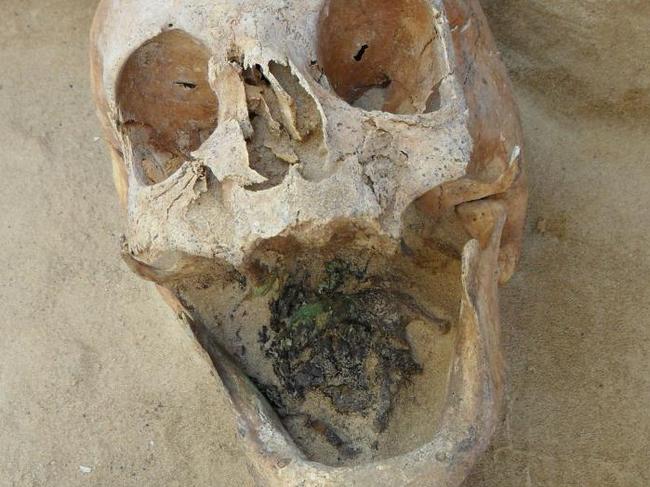
IT’S a gruesome sight: Medieval skeletons with iron scythes and rocks cutting into their throats. Now archaeologists know who, and why.
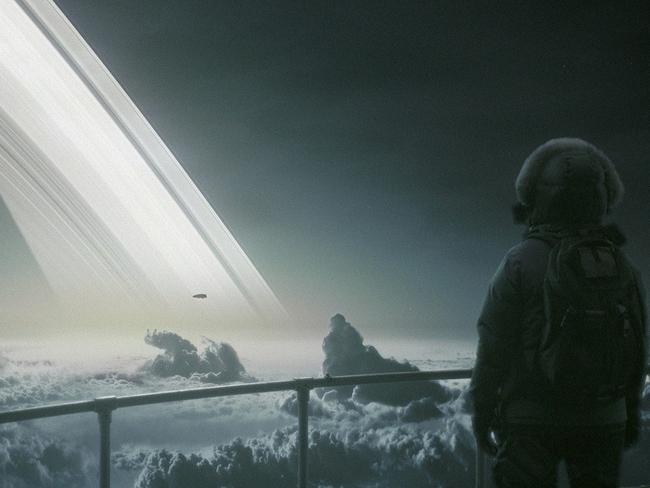
A FILMMAKER has combined real data and images from space exploration into a jaw-dropping short film to show what life in outer space will really be like.
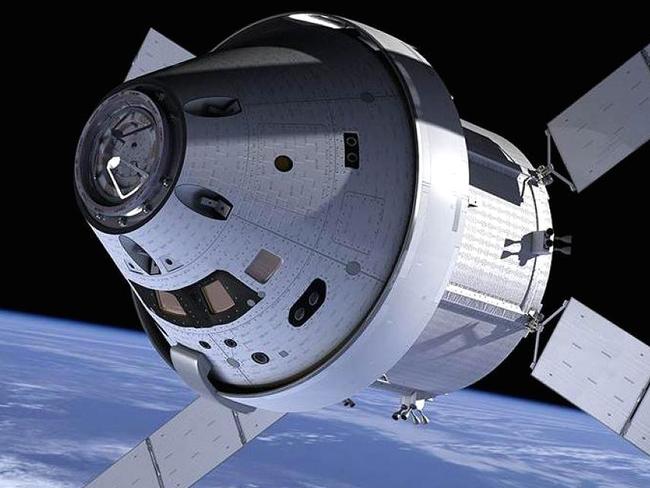
IT’S NASA’s dramatic return to the space race. But will this week’s test launch of a new spaceship designed to carry men to Mars go to plan?

WHEN a soldier gets shot, time is a killer: As the blood flows, the heart and brain shut down. A new treatment seeks to reprogram the body’s response.
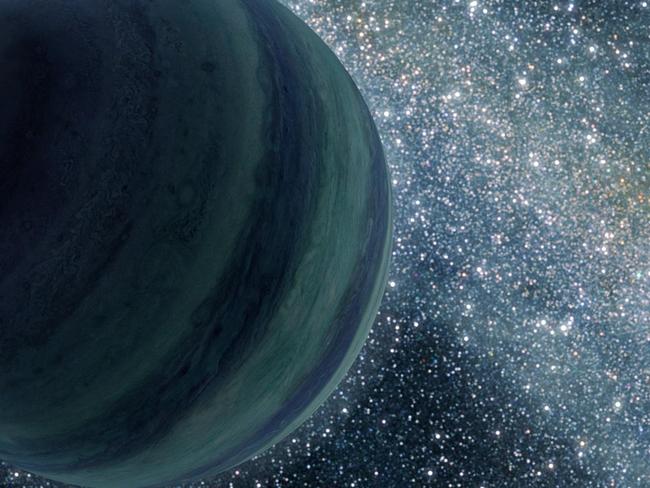
PLANET X is back: New evidence suggests one — or possibly two — wayward worlds are circling in the darkness beyond Neptune.

IN the face of blatant lies by Russia that its forces are not fighting in Ukraine, Britain has issued President Putin a crash-course on how to spot his own tanks.
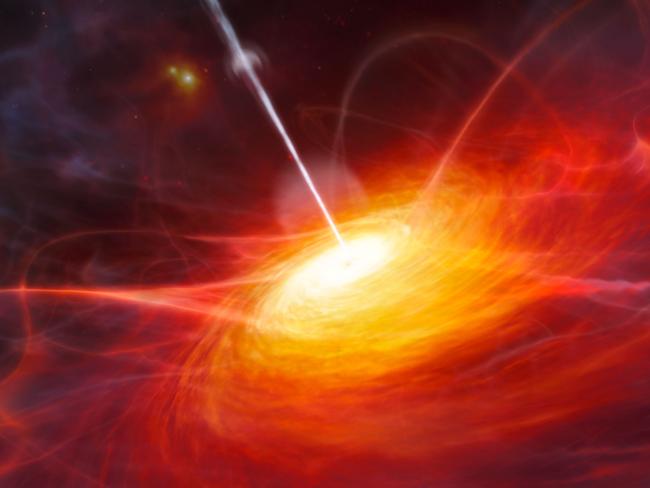
A GIANT telescope has made an incredible discovery: Black holes all line up in a row, like spinning tops across the universe. And no one knows why.

THE Rosetta mission has uncovered something huge – carbon compounds that may be the building blocks of life. But conspiracy theorists say there’s more to it.
Original URL: https://www.news.com.au/the-team/jamie-seidel/page/141